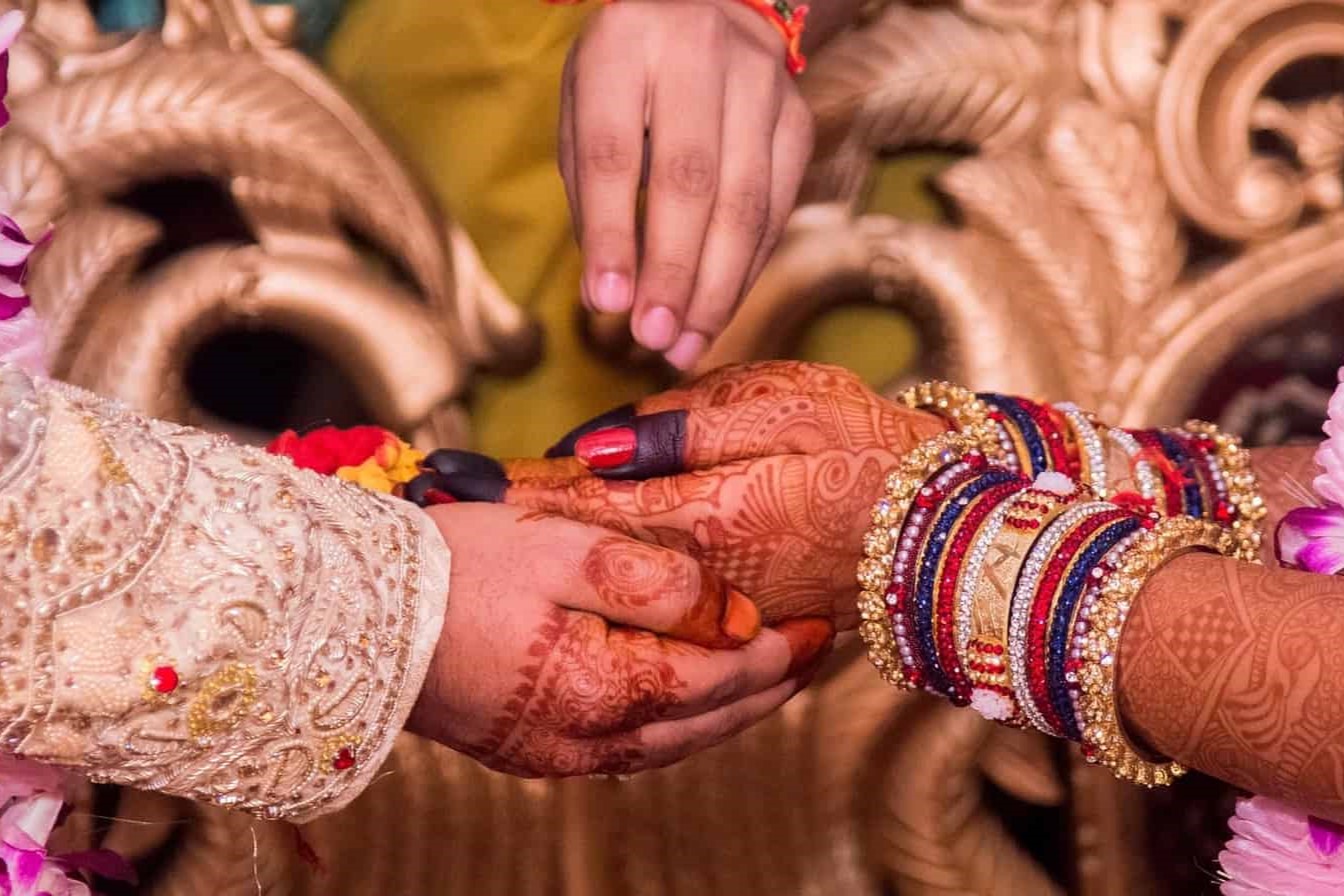
Ever wondered how weddings are celebrated in different cultures? From quirky customs to age-old rituals, wedding traditions around the world offer a fascinating glimpse into diverse cultural practices. Imagine a bride and groom in Scotland getting covered in soot and feathers or a couple in India tying the knot under a sacred tree. These unique ceremonies not only celebrate love but also reflect the rich heritage of each community. Curious about these unusual wedding traditions? Buckle up as we take you on a whirlwind tour of 35 intriguing customs that will leave you amazed and perhaps even inspired for your own special day!
Key Takeaways:
- Unusual wedding traditions from around the world showcase the diversity and richness of different cultures, from log-sawing in Germany to tooth-filing in Indonesia.
- Wedding customs often symbolize love, unity, and prosperity, such as the bride and groom drinking sake together in Japan and the money dance in Nigeria.
Unusual Wedding Traditions in Europe
Europe is a continent rich in history and culture, and its wedding traditions are no exception. Some customs might surprise you with their uniqueness.
- In Germany, couples saw a log in half together to symbolize overcoming obstacles in their marriage.
- In Scotland, the bride and groom are sometimes covered in soot, treacle, and feathers in a tradition known as "blackening" to ward off evil spirits.
- In Greece, grooms often have their friends shave their faces on the morning of the wedding as a sign of trust.
- In Sweden, it's customary for guests to kiss the bride or groom whenever their spouse leaves the room.
- In Italy, couples break a vase or glass, and the number of pieces represents the number of happy years they will have together.
Unique Wedding Customs in Asia
Asia, with its diverse cultures and traditions, offers some of the most fascinating wedding customs. These traditions often carry deep symbolic meanings.
- In China, brides often wear red dresses, symbolizing good luck and prosperity.
- In India, the bride and groom exchange flower garlands in a ritual called "Jaimala" to signify acceptance of each other.
- In Japan, couples drink sake together in a ceremony called "San San Kudo," which involves taking three sips from three different cups.
- In South Korea, grooms give their new mother-in-law wild geese or ducks, symbolizing their commitment to their new family.
- In Indonesia, some couples undergo a tooth-filing ceremony to rid themselves of evil influences.
African Wedding Traditions
African weddings are vibrant and full of life, often involving the entire community. These traditions reflect the continent's rich cultural heritage.
- In Kenya, the Maasai people spit on the bride's head and breasts to bless her marriage.
- In Nigeria, the Yoruba people have a money dance where guests throw money at the couple to wish them prosperity.
- In South Africa, the parents of the bride and groom carry fire from their hearths to light a new fire in the couple's home.
- In Ghana, the groom presents the bride's family with a dowry, which can include money, clothes, and drinks.
- In Ethiopia, the groom and his best men sing and dance outside the bride's home until she accepts his proposal.
Wedding Traditions in the Americas
From North to South America, wedding traditions are as diverse as the landscapes. These customs often blend indigenous practices with influences from other cultures.
- In Mexico, couples perform a dance called "La Vibora de la Mar," where guests form a snake-like line and dance around the couple.
- In the United States, some couples bury a bottle of bourbon one month before their wedding to ensure good weather.
- In Brazil, brides write the names of single friends on the inside of their dresses to bring them good luck in finding a partner.
- In Peru, a cake pull involves single female guests pulling ribbons from the wedding cake, one of which is attached to a fake wedding ring.
- In Cuba, male guests dance with the bride and pin money to her dress to help the couple pay for their honeymoon.
Oceanic Wedding Traditions
Oceania, with its island nations, has wedding traditions that are deeply connected to nature and community. These customs often emphasize unity and harmony.
- In Fiji, grooms present a whale's tooth to the bride's father as a symbol of wealth and status.
- In Australia, some couples perform an Aboriginal ritual called a "smoking ceremony" to cleanse and bless their union.
- In New Zealand, Maori couples exchange carved bone or greenstone necklaces instead of rings.
- In Samoa, the bride and groom perform a traditional dance called the "siva" to honor their families.
- In Tonga, the bride's family presents the groom with a woven mat, symbolizing their acceptance of him into the family.
Middle Eastern Wedding Traditions
Middle Eastern weddings are often grand and elaborate, with customs that have been passed down through generations. These traditions are rich in symbolism and meaning.
- In Lebanon, the couple is showered with flower petals and rice as they leave the church to symbolize fertility and prosperity.
- In Iran, a "Sofreh Aghd" is set up with various items symbolizing different aspects of life, such as mirrors for reflection and honey for sweetness.
- In Turkey, the bride's friends write their names on the soles of her shoes, and the name that wears off by the end of the night is believed to be the next to marry.
- In Israel, the groom breaks a glass with his foot to symbolize the destruction of the Temple in Jerusalem and the fragility of relationships.
- In Egypt, the couple is often carried on the shoulders of friends and family in a joyful procession called the "Zaffa."
Unusual Wedding Traditions in Other Parts of the World
Some wedding traditions are so unique that they stand out even among the diverse customs of the world. These practices often reflect the local culture and beliefs.
- In Mongolia, couples must kill a baby chick and inspect its liver to choose a wedding date.
- In the Philippines, couples release a pair of white doves to symbolize a harmonious life together.
- In France, newlyweds drink from a special two-handled cup called a "coupe de mariage" to symbolize their union.
- In Russia, the groom must pay a "ransom" to the bride's family, often in the form of money or gifts, before he can marry her.
- In Greenland, the groom pulls the bride's hair to symbolize his dominance and strength.
The Fascinating World of Wedding Traditions
Wedding traditions around the globe offer a glimpse into the rich tapestry of cultures and customs. From the elaborate ceremonies in India to the unique rituals in Scotland, these practices highlight the diversity and creativity of human celebrations. Each tradition, whether it’s the money dance in the Philippines or the log-cutting in Germany, carries deep meanings and reflects the values of the community.
Understanding these customs not only broadens our horizons but also fosters appreciation for different cultures. It’s amazing how something as universal as marriage can be celebrated in so many distinct ways. Next time you attend a wedding, think about the traditions that might be part of the ceremony and the stories behind them. Embrace the beauty of these diverse practices and let them inspire you to learn more about the world.
Frequently Asked Questions
Was this page helpful?
Our commitment to delivering trustworthy and engaging content is at the heart of what we do. Each fact on our site is contributed by real users like you, bringing a wealth of diverse insights and information. To ensure the highest standards of accuracy and reliability, our dedicated editors meticulously review each submission. This process guarantees that the facts we share are not only fascinating but also credible. Trust in our commitment to quality and authenticity as you explore and learn with us.


